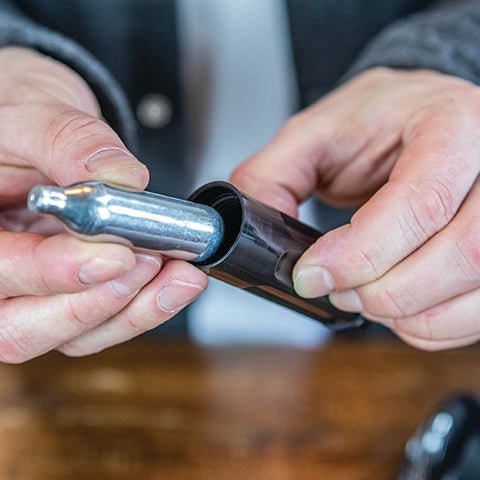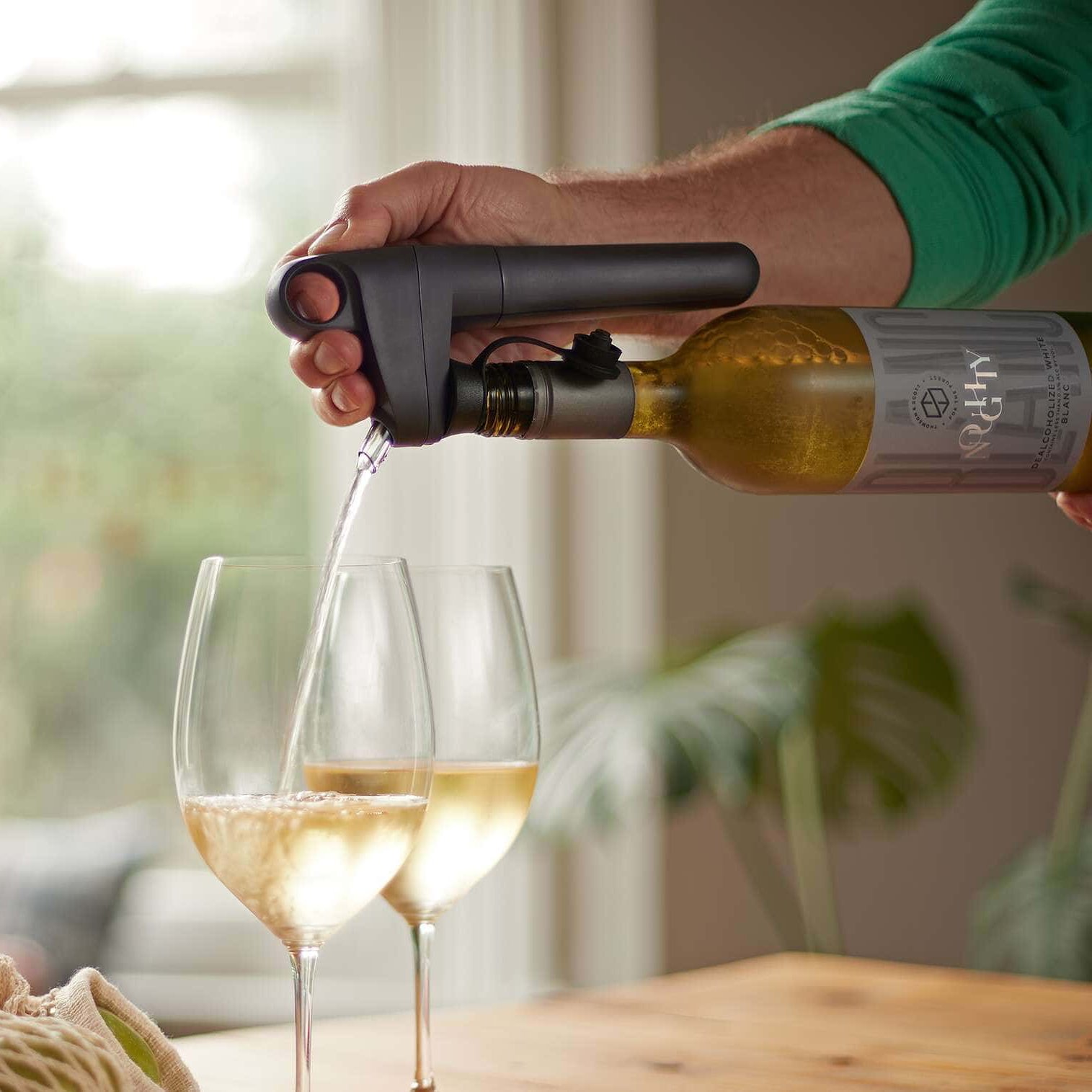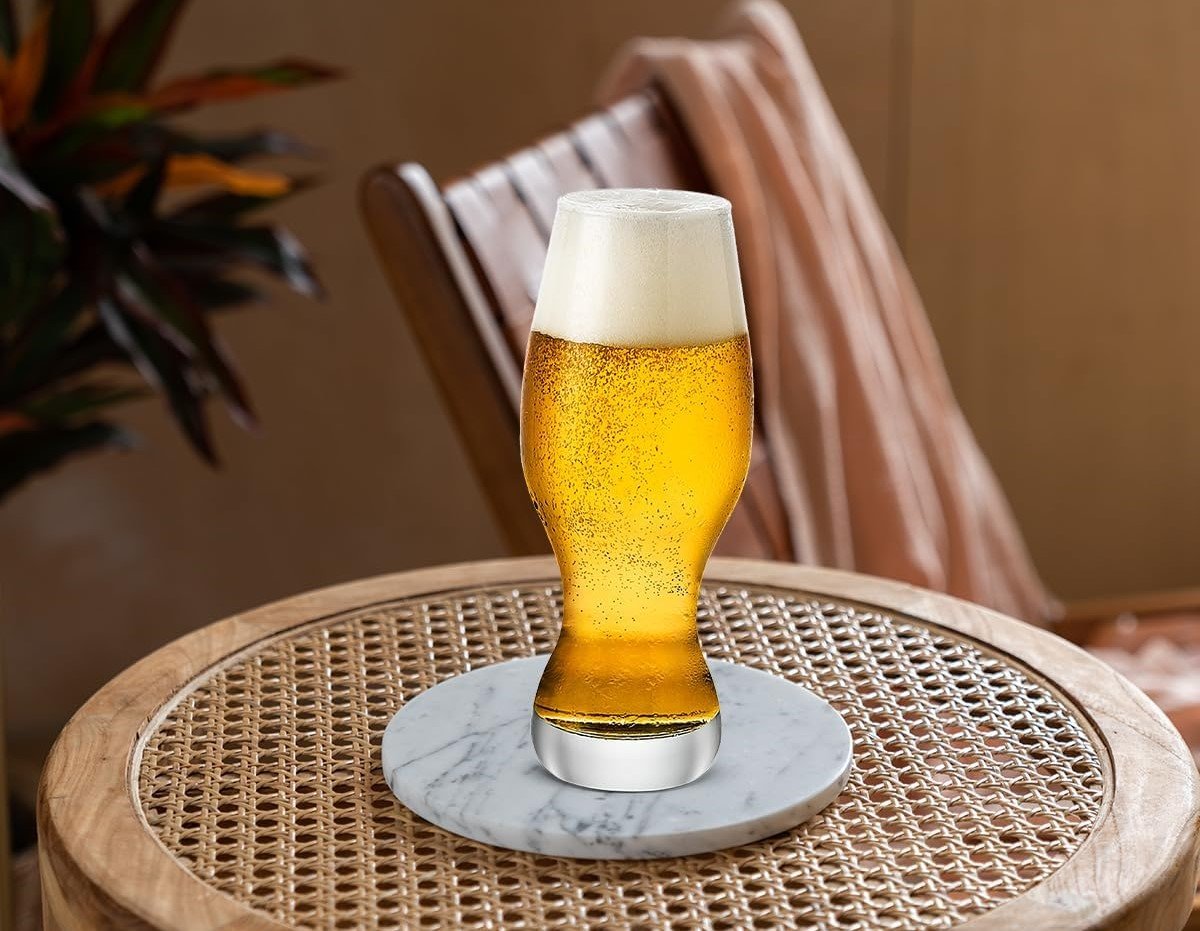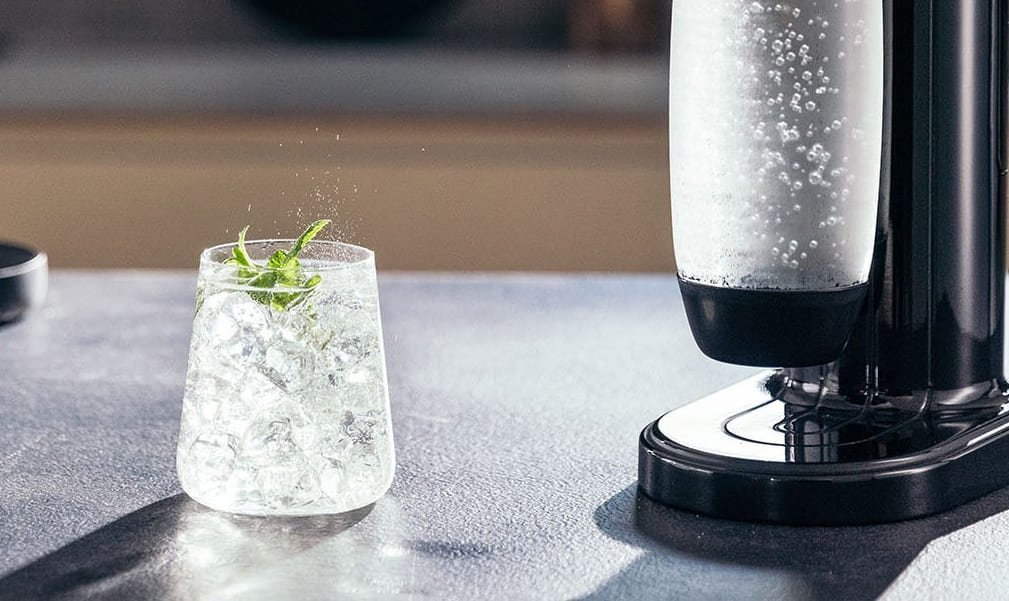Mini kegs seem convenient until your beer goes flat halfway through a pour. It’s frustrating—and worse, it leaves a bad impression on customers or friends. The right CO2 cartridge might be the fix.
Yes, a 16g CO2 cartridge can pressurize a mini beer keg—usually up to 4L—when paired with a proper regulator. It’s best suited for short-term use or portable serving setups.

If you’re in the beer or catering business, or looking to distribute portable keg solutions, this breakdown helps you understand if 16g is right—or if it’s time to scale up.
How much pressure does a 16g CO2 cartridge actually deliver?
A tiny cartridge doesn’t mean tiny pressure. In fact, a 16g CO2 cartridge can reach up to 900 PSI. That sounds powerful—but there’s more nuance.
A 16g cartridge releases about 800-900 psi, but actual pressure into the keg depends entirely on the regulator. Without a regulator, you’ll likely over-pressurize and risk foaming, leaks, or worse.
Understanding PSI vs. Beer Style
| Beer Type | Ideal PSI Range | Volumes of CO2 |
|---|---|---|
| Lagers | 10–14 PSI | 2.5–2.7 |
| Ales | 8–12 PSI | 2.2–2.5 |
| Stouts/Nitro | 25–30 PSI | Mixed gas use |
| Ciders | 10–12 PSI | 2.4–2.6 |
What Happens Without a Regulator?
- Sudden gas surge = excessive foam
- Short cartridge life
- Risk of damaging the keg or lines
Tip: Always use a mini regulator compatible with threaded 3/8 cartridges.
What keg sizes can a single 16g cartridge realistically pressurize?
Not all kegs are created equal. Overestimating what a 16g cartridge can do is a common mistake.
One 16g cartridge is ideal for 2–4L mini kegs. Anything above 5L may require more than one cartridge or a different setup altogether.
CO2 Requirements by Keg Size
| Keg Size (L) | CO2 Needed (g) | 16g Coverage Notes |
|---|---|---|
| 2L | ~8g | ✅ One 16g cartridge is enough |
| 4L | ~14g | ✅ One cartridge, nearly full use |
| 5L+ | 16g+ | ⚠️ Use multiple or larger cartridge |
| 10L | 30g+ | ❌ Not suitable for 16g only |
A 16g CO2 cartridge like this one can work perfectly for small party kegs or mobile beverage bars.
In discussing if 16g CO₂ is enough, remember that beer carbonation is a balance between pressure, temperature, and volume. Most beers need about 2.5 volumes of CO₂ to feel right. According to the Brewers Association’s carbonation guide, lagers and ales fall in that range—16g cartridges can handle that, but only for a limited quantity.
When is using a 16g CO2 cartridge the best option?
Just because it works doesn’t mean it’s the best choice for every case.
Best for mobile bartenders, home brewers, and brand sampling events where portability matters more than longevity.
Use Scenarios That Make Sense
✅ Sampling Events & Festivals
You only need to serve a few liters? A 16g cartridge gets the job done—no bulky tank required.
✅ Pop-up Bars & Food Trucks
Space is limited, and power might be an issue. Lightweight CO2 systems based on cartridges are easy to set up.
✅ Brand Gift Boxes & Portable Kits
Some beverage brands send out sample kits or mini kegs as PR gifts. These are often single-use and benefit from the simplicity of 16g cartridges.
When to Upgrade?
- You need to pressurize 5L+ consistently
- You want precise carbonation control for different beer styles
- Your business depends on longer service time per keg
Consider switching to 20g or mixed-gas systems when scaling up.
Conclusion
16g CO2 cartridges can pressurize mini kegs efficiently—but only when size, time, and portability align. For everything else, scale your gas.

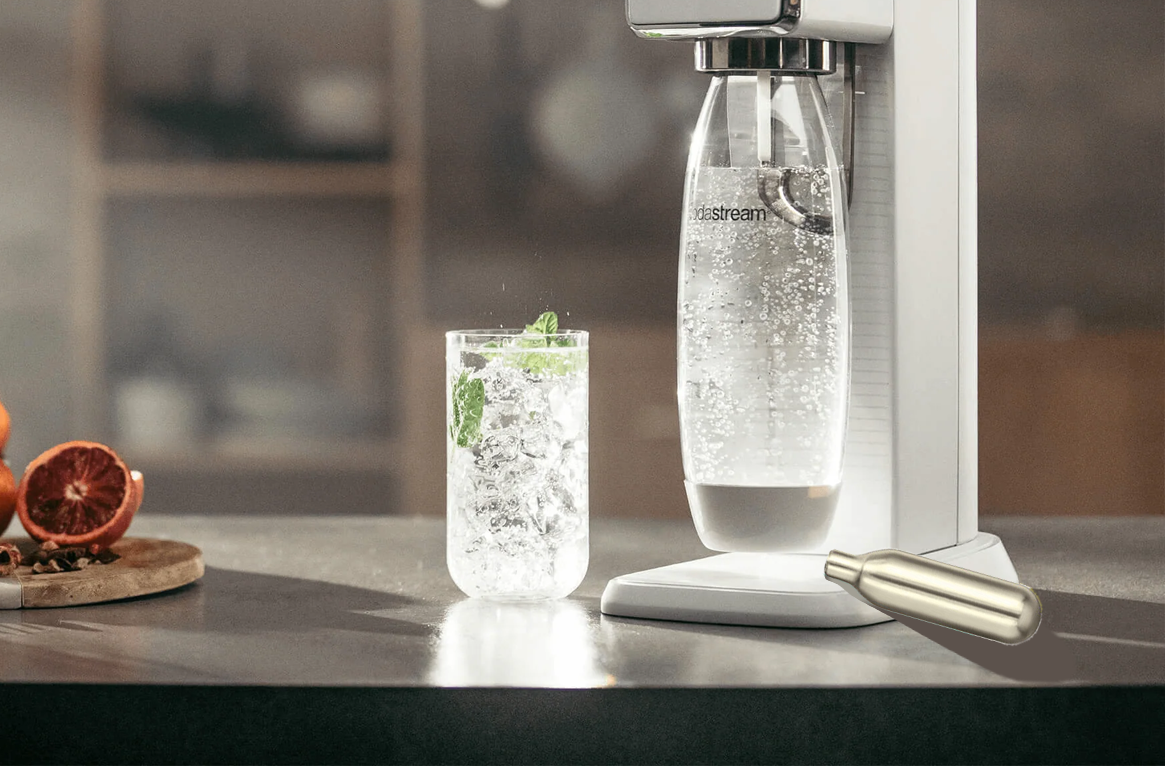
![which co2 cartridge size is best for soda makers [complete buying guide]](https://alizeemetal.com/wp-content/uploads/2025/09/Which-CO2-Cartridge-Size-Is-Best-for-Soda-Makers-Complete-Buying-Guide.jpg)
